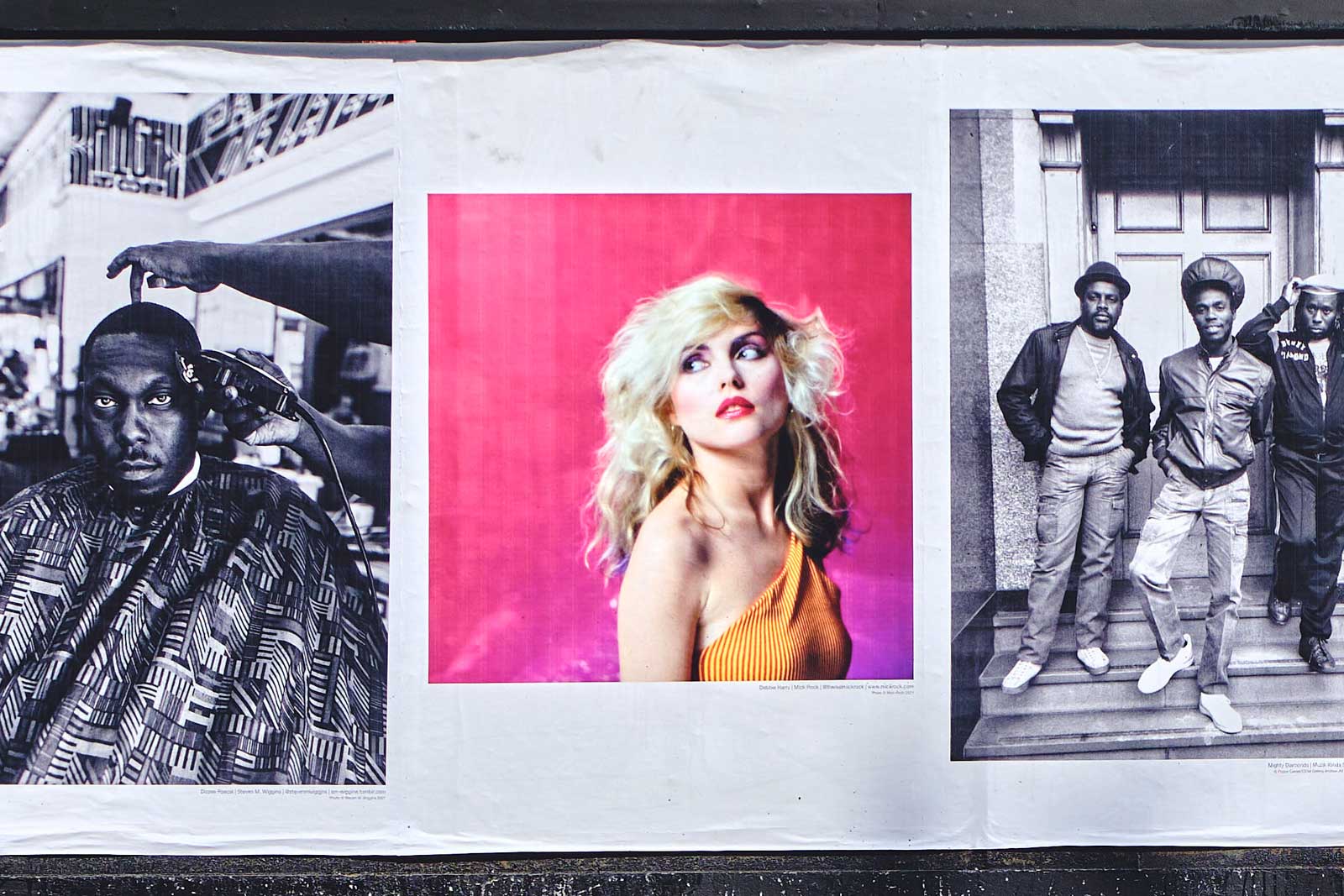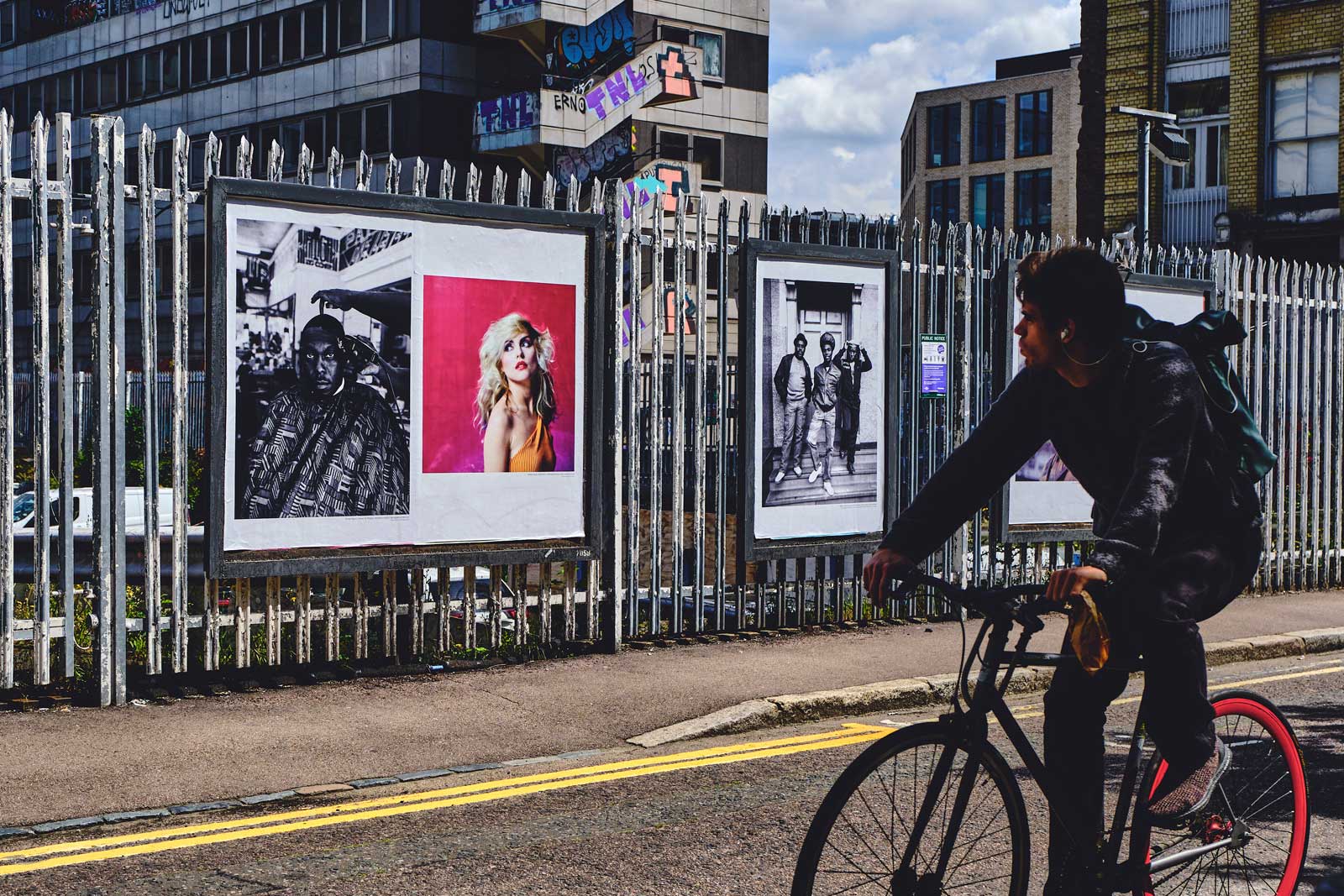Your Space Or Mine
Mick Rock
Commonly known as “The Man Who Shot the 70s,” legendary photographer Mick Rock has captured some of the greatest musical icons of all time: from David Bowie, Lou Reed and Iggy Pop, to the Sex Pistols, the Ramones and Blondie – few can match his scope or vision. And he’s just as active now in his 70s as he was in the actual 70s, with recent shoots involving Snoop Dogg, Lenny Kravitz, The Black Keys, the Flaming Lips, Pharrell, Kings of Leon, Lana Del Rey, Mark Ronson, Benicio Del Toro and Miley Cyrus – to name a mere few.
Rock has been responsible for some of the most iconic album covers of all time – from Queen’s Queen II, Joan Jett’s I Love Rock and Roll, Lou Reed’s Transformer, Coney Island Baby and Rock N Roll Heart as well as Iggy and the Stooges’ Raw Power, and The Ramones End of the Century.
09.06.21
Words by























